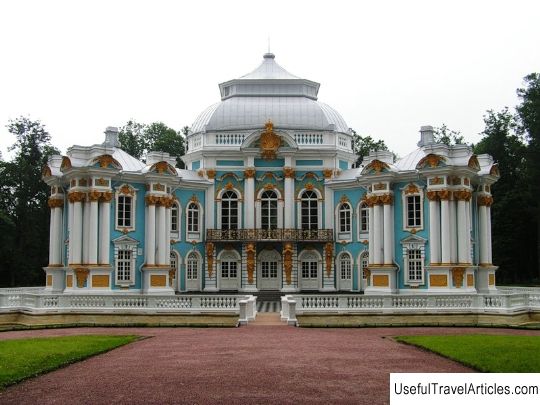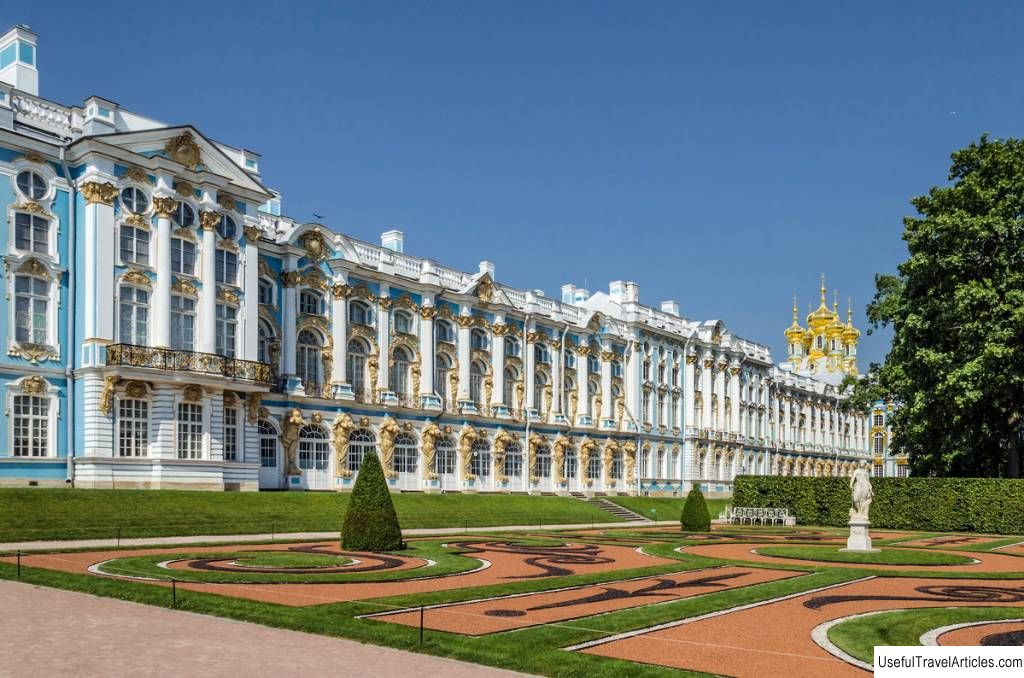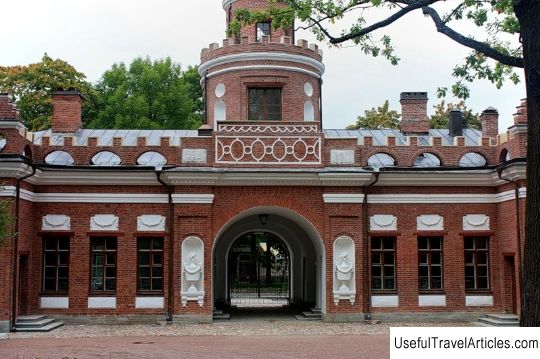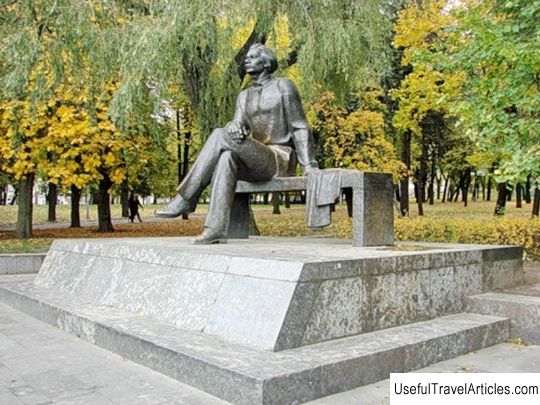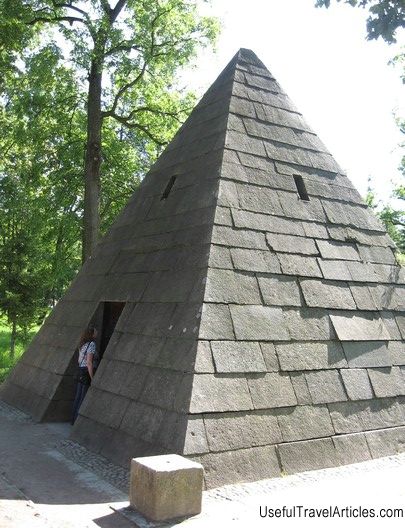Pavilion ”Grotto” description and photo - Russia - St. Petersburg: Pushkin (Tsarskoe Selo)
Rating: 7,8/10 (1043 votes) 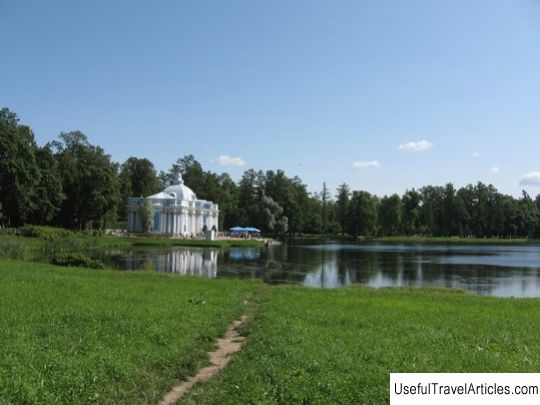
Pavilion "Grotto" description and photos - Russia - St. Petersburg: Pushkin (Tsarskoe Selo). Detailed information about the attraction. Description, photos and a map showing the nearest significant objects. Photo and descriptionThe Grotto is a pavilion located on the northern bank of the Big Pond, in the Catherine Park in the city of Pushkin. The Grotto Pavilion, like the Hermitage, has become a tribute to the Western fashion for similar structures in regular parks. Such buildings were usually erected on the shore of a reservoir, with free access to the water. The Grotto was designed in the middle of the 18th century by the order of Empress Elizabeth Petrovna by architect Francesco Bartolomeo Rastrelli, and its construction began in 1755. Unfortunately, the Empress did not see the erected pavilion and could not sail away from it by boat along the Big Pond, as she had planned. Construction was completed already under Empress Catherine II, only in the 1760s. The architecture of the Grotto pavilion was created in the Baroque style, which is characterized by its originality, aristocracy, colorfulness and richness of forms. Rastrelli managed to make the small building of the pavilion memorable and at the same time in harmony with the surrounding buildings and the garden. The facades of the Grotto are made in azure-blue color, like all the works of Rastrelli in the Catherine Park. Only the columns combine white and blue tones, and the intricate marine patterns above the windows are accented with a white tint. The windows, decorated with figures of dolphins, newts and the stern face of Neptune, emphasize the proximity of the structure to water. In the same regard, the dome of the "Grotto" was originally completed with a carved wooden fountain. Usually in Europe, pavilions similar to the Pushkin building were lined with shells from the inside, making them look like a genuine coastal grotto in a cave. Rastrelli thought to decorate the "Grotto" in a similar way, but this idea was not realized. The interior of the "Grotto" was finished according to the plan of Antonio Rinaldi in 1771. This cladding has survived to this day. A decade later, openwork lattices made of iron with gilded ornaments were installed on the windows and doors of the pavilion. Catherine the Great was ordered to place antique statues, busts and ancient vases made of colored stones in the Grotto pavilion. Here, in a secluded and romantic atmosphere, surrounded only by stone statues, the empress preferred to deal with state affairs and literature. Catherine II called the “Grotto” pavilion the Morning Hall. In the 19th century, the architect Alexander Fomich Vidov built a pier on the Big Pond in front of the “Grotto”, which over time was almost completely destroyed during the Great Patriotic War. In 1971-1972, the pier was built again, now from granite. At present, the Tsarskoye Selo pavilion "Grotto" is open to tourists, temporary exhibitions are exhibited in its halls.                 We also recommend reading La Sainte Chapelle description and photos - France: Paris Topic: Pavilion ”Grotto” description and photo - Russia - St. Petersburg: Pushkin (Tsarskoe Selo). |
